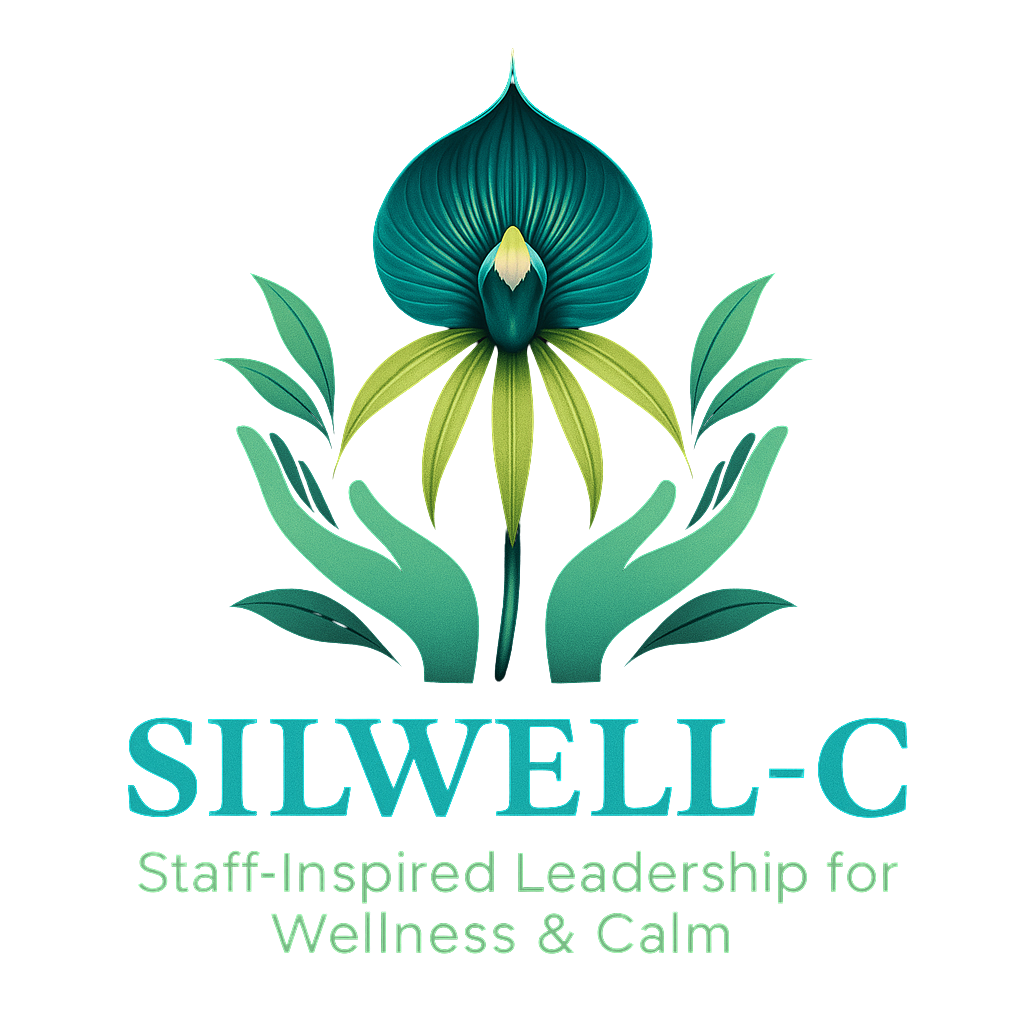Understanding That Calm Is Not Conditional: It’s Cultivated
Words shape wellness. This is your space to speak calm into your day and anchor your mind in positive truth. Through simple affirmations and moments of still reflection, we practice reshaping our inner dialogue, one gentle statement at a time.
“Calm isn’t what happens around me; calm is what I practice within me.”
From Reaction to Regulation
Reflective Note: As you read, consider the conditions you’ve been waiting on to “finally feel calm.” What would change if calm became a daily practice, built, protected, and chosen regardless of what’s happening around you?
One of the most important lessons I’ve learned is that calm is not something you wait for; it’s something you build, practice, and protect. Many of us believe calm will arrive once things “settle down.” The reality is that life rarely stays settled, and even when it does, it’s brief. I had to learn that I can remain steady even when things are unsettled. That was my struggle. I used to tell myself, I’ll be calm when the chaos stops at work, at home, somewhere. But something is always happening, and I had to become the kind of leader who maintains peace in motion.
For me, cultivating calm began with clarity about control. There are things I influence and things I don’t. Peace grows when I act on what I can control and release what I cannot. It also required honest boundaries. For years, I played “Freedom Fighter,” stepping into everyone else’s conflicts to rescue, mediate, or fix. Some people will even seek out a strong personality because they know that person will carry the fight for them. I’ve learned that taking on problems that don’t belong to me steals my peace and disables the growth of others. As a supervisor, my role is not to “fix it,” but to collaborate: What outcomes do you want? What steps will you take? Where are you stuck? Coaching empowers. Rescuing exhausts.
Calm must also be chosen in the midst of stress. The environment may be loud; I don’t have to be. That looks practical: stepping back from arguments that don’t involve me; declining to absorb someone else’s urgency; saying “no” to what distorts my peace; pausing before I respond. It also required me to challenge a myth: calm is not a personality trait reserved for a lucky few. Calm is a skill that can be learned day by day, boundary by boundary, breath by breath. I realized, sometimes late, that I was my own biggest disruptor: not because of who I am, but because of the habits I allowed. The good news is that new habits create new outcomes.
Calm does not mean everything is okay; calm means I am OK, even when everything isn’t. It is how I manage my reactions, my interpretations, and my choices under pressure. That shift from reaction to regulation changed my leadership. I used to go from zero to one hundred when annoyed or overwhelmed. Now I separate signal from noise: step back, reflect, identify leverage points, and bring chaos to clarity. Not everything is urgent. Intentional leadership refuses to be driven by adrenaline. Calm is not a passive practice; it is an active practice.
Leadership Insight
Research shows that when leaders practice mindfulness, emotional regulation, and boundary-setting, their teams experience greater psychological safety and organizational stability. UTSA Pressbooks+1
Well-managed boundaries, knowing what you control and what you don’t, are shown to support well-being and reduce stress in professional environments. WebMD Health Services
Additionally, leaders who model calm in uncertain environments promote trust, engagement, and high performance by helping others feel safe to focus rather than react. CCL+1
Reflection for Readers
• Where are you waiting for conditions to change before you choose calm?
• Which boundaries (time, role, emotional, digital) would protect your peace this week?
• When someone brings you a problem, do you rescue or do you coach?
Key Takeaway
Calm is cultivated.
It grows where boundaries are honored, responsibility is shared, and leaders choose regulation over reaction.
Organizational Bridge to SILWELL-C
Authentic leadership isn’t just about handling the storm but about navigating it with poise. When organizations support leaders in building emotional regulation, clear boundaries, and a calm presence, they create cultures where clarity, trust, and high performance flourish. Through SILWELL-C, we guide leaders in operationalizing calm, not just surviving the headlines but leading from intention and peace.
Organizational Reflection
• Which norms in your workplace unintentionally reward urgency over clarity?
• How are leaders trained to coach rather than rescue?
• What systems (cadence, communication, boundary-setting) could better support calm across your team?
Where story meets science, strength grows through understanding.
• Doornich, J. B. (2024). The Mindful Leader: A Review of Leadership Qualities Derived from Mindfulness. PMC. PMC
• Zink, J. (2017). Chapter 12: Mindfulness and Leadership. UTSA Pressbooks. UTSA Pressbooks
• Smith, S. (2025). CALM amid Chaos: The Art of Being a Team Leader. PMC. PMC
• WebMD/Mental Health Services. (2023). How to Support Employees With Setting Boundaries in the Workplace. WebMD Health Services
• Center for Creative Leadership (2024). How Leaders Can Build Psychological Safety at Work. CCL

